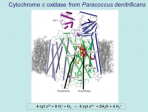 00:35:00
00:35:00
Structure and Mechanism of Otto Warburg’s Respiratory Enzyme, the Cytochrome c Oxidase
The oxygen, you breathe in, is converted to water by cytochrome c oxidase, using electrons provided by cytochrome c and protons from the aqueous milieu of the body. This fundamental enzyme has been discovered already in 1886, and studied extensivel....
More details | Watch nowConformational Plasticity of G-Protein-Coupled Receptors (GPCRs) studied by NMR in Solution
As an introduction, some principles of nuclear spin physics applying to studies of integral membrane proteins (IMP) will be reviewed. Applications of resulting nuclear magnetic resonance (NMR) techniques will then be illustrated with studies of G-p....
More details | Watch now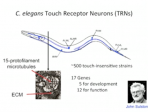 00:32:00
00:32:00
Tickling Worms: Surprises From Basic Research
Research, at least my research, has never been linear. I have found that my lab and I often double back on problems after years of inactivity or go off in entirely new directions as dictated by the work and people's interests. This lack of direct....
More details | Watch now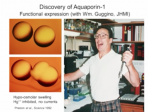 00:30:00
00:30:00
Aquaporin Water Channels: From Atomic Structure to Malaria
Aquaporin (AQP) water channel proteins enable high water permeability of certain biological membranes. Discovered in human red cells but expressed in multiple tissues, AQP1 has been thoroughly characterized and its atomic structure is known. Expr....
More details | Watch now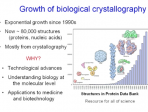 00:34:00
00:34:00
Proteases and Their Control in Health and Disease
Proteolytic enzymes catalyse a very simple chemical reaction, the hydrolytic cleavage of a peptide bond. Nevertheless, they constitute a most diverse and numerous lineage of proteins. The reason lies in their role as components of many regulatory....
More details | Watch now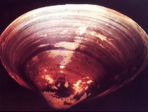 00:33:00
00:33:00
The Ubiquitin System
The selective degradation of many short-lived proteins in eukaryotic cells is carried out by the ubiquitin-mediated proteolytic system. In this pathway, proteins are targeted for degradation by covalent ligation to ubiquitin, a highly conserved sma....
More details | Watch now
